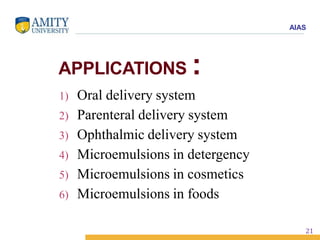The document discusses colloidal solutions, including their definitions, classifications, and separation methods. It covers the different types of colloids such as lyophilic and lyophobic, as well as their physical and electrical properties. Additionally, it introduces micro-emulsions, their advantages, preparation methods, and applications in drug delivery and cosmetics.

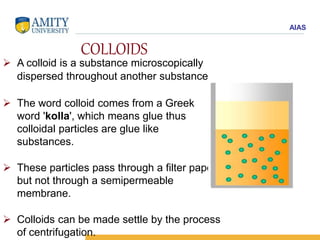

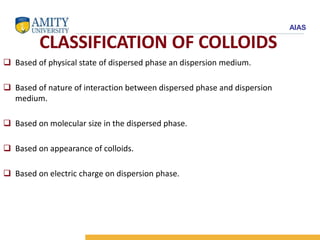
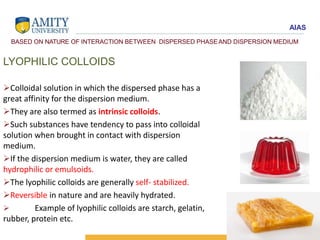
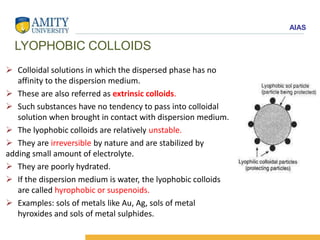









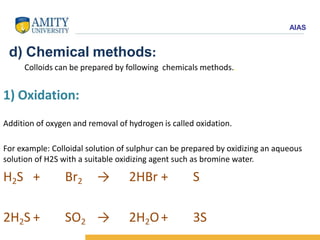




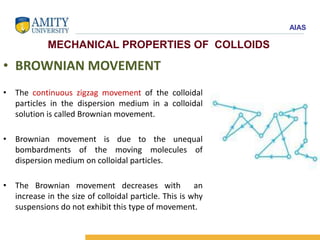
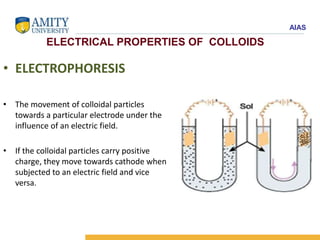


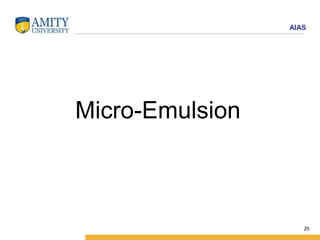
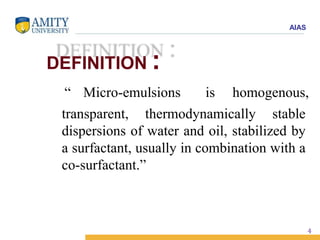

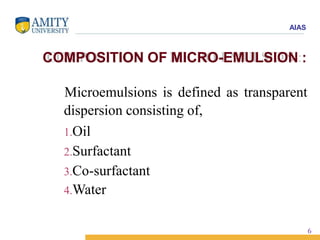


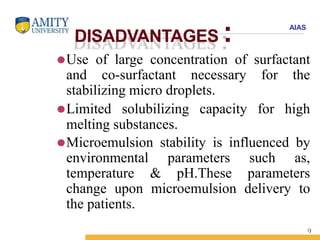
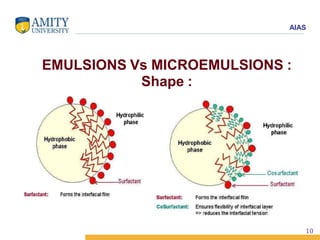




![AIAS
PHASE-TITRATION METHOD :
1. Dilution of an oil-surfactant mixture with
water.[W/O]
2. Dilution of a water surfactant mixture
with oil.[O/W]
3. Mixing of all components at once, in
some systems, the order of ingredients
addition may determine whether a
microemulsion forms are not.
15](https://image.slidesharecdn.com/bhupender-210609045041/85/colloidal-route-and-micro-emulsion-37-320.jpg)





